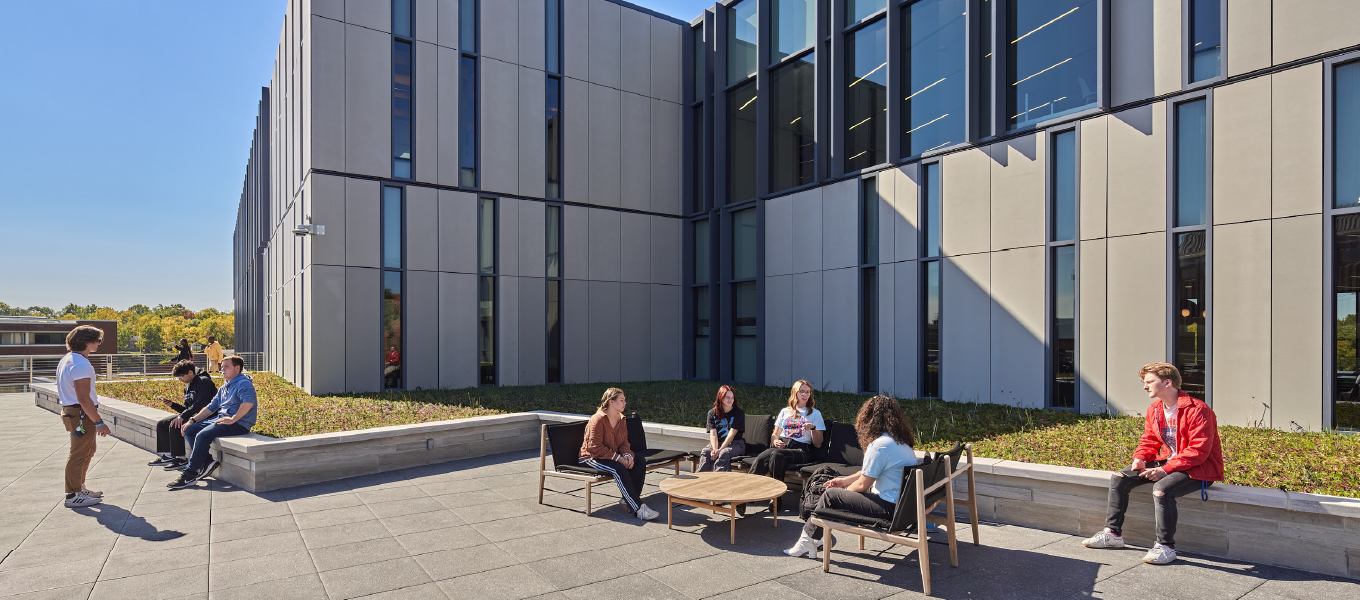How We Work Sustainability
Responding to
Climate Change
Is At Our Core
At Clark, we acknowledge that the challenge of climate change requires an immediate, thoughtful, and comprehensive response from all of us.
At Clark, we acknowledge that the challenge of climate change requires an immediate, thoughtful, and comprehensive response from all of us.

According to the USGBC, the construction industry accounts for 40% of worldwide energy usage, with building emissions growing and not shrinking. We are committed to reducing this trend with environmental and sustainability goals that are aggressive and, we believe, achievable.
The Clark Construction Budget Tracker and Planner allows us to organize and communicate the impact of any design element solution through all phases of design. The value of each proposed concept is measured against:
Some recent examples of Cost/Climate Value Analysis completed in previous project planning phases include:
Listening, educating, and challenging the team to offset the negative impact of traditional construction practices through exploration and assessment, will inevitably empower the team to innovate and make climate-positive decisions in every phase of construction.
Our processes enable us to forecast total cost of ownership (TCO) and return on investment (ROI), as well as bringing into focus the total investment per pupil (TIPP) and total investment per staff member (TISM). Ultimately, this ensures that the team is upholding our commitments to the community by responsibly allocating our investments to what we value most, your staff, visitors, patients, or students.

Our jobsites will adhere to the following guidelines:
We have adopted stringent standards for waste recycling and minimization on all projects and we require new projects recycle a minimum of 75 percent of construction waste.
Most projects exceed that goal, and in some cases, more than 95 percent recycling will occur. These efforts include a combination of creative strategies including recycling of raw materials produced in demolition, minimizing waste by asking suppliers to eliminate packing and shipping materials, and reusing building components.
The major energy consumption areas during construction will be electrical energy, especially lighting, and temporary heating, as needed.
Construction waste minimization refers to the practices and strategies employed to reduce the amount of waste generated during the construction process, such as recycling materials, using reusable resources, and implementing efficient waste management plans.
Reducing job site chemicals in construction involves using alternative materials and methods to minimize or eliminate the use of harmful chemicals in construction processes and products, in order to improve worker safety, environmental sustainability, and overall health.